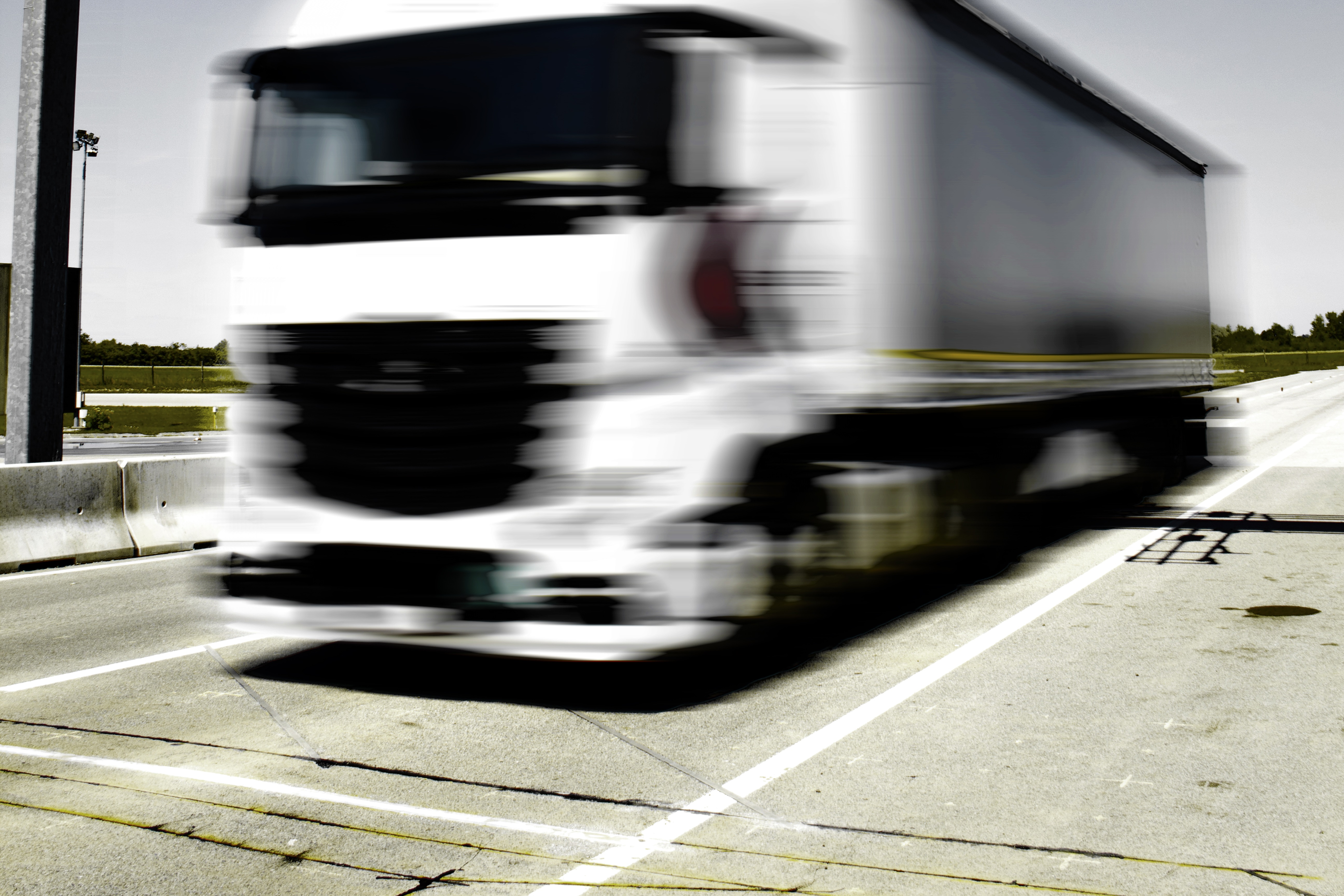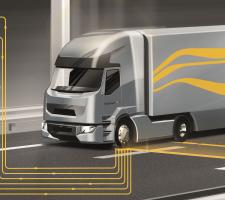
The integrity and accuracy of data that can be verified by weigh-in-motion technology has been improving for decades – and the range of WIM applications is increasing at a tremendous pace.
Chris Koniditsiotis, president of the International Society for Weigh-in-Motion (ISWIM) and CEO of
Integrity and accuracy
He asks whether the industry has now “arrived at and achieved our goal of integrity, accuracy and a sampling frequency of the collection of mass information to achieve our multiple uses? Has the journey that we have travelled over the past three decades reached its destination”? Koniditsiotis believes the answer is ‘yes’. “With respect to on-road WIM systems we have a myriad of commercially available technologies and commercially available acquisition models,” he points out. “We have widespread networks of high-speed WIM systems used for a myriad of different purposes - additionally, we also see specific routes, infrastructure or operations which have specific units. We have progressed from not only using high-speed WIM as an information-gathering tool and filter for compliance and enforcement but to be able to achieve direct enforcement. With respect to in-vehicle technologies we witness again a commercially viable industry, and the availability of national specifications which customers can use to make acquisition and now increasingly the adoption of this by not only transport operators, but also end users to achieve their private and public policy needs.”
Key challenges
While the integrity and accuracy in the collection of mass information is now commercially available, he sees a variety of challenges:- A recognition that on-road and in-vehicle are not in competition – they both monitor mass but for different purposes and policy uses
- The need to operate, maintain and ensure the correct calibration of WIM systems, be they on-road or in-vehicle
- A recognition that they are operationally very compatible and in many regards co-dependent
Traditional practice
Firstly, both on-road and in-vehicle systems require calibration, to ensure that ‘the scale or sensor’ is weighing properly. “The traditional practice is to apply a temporal condition,” he said. “We calibrate every three months, or every six months, or annually. However, in practice, we all recognise that some WIM system sites tend to be better than others and some operating environments and their weighing systems tend to last longer than others. We have an opportunity through the co-dependency of these two technologies to improve the calibration process. In doing so - for one to inform the other - so that collectively both benefit from being aware of when ‘the scale or sensor’ is out of calibration and providing an evidence-based approach to ensuring it is maintained.”Taking opportunities
His second point was that, while a “conservative nature” has been built into the design, management and maintenance of infrastructure, it is there for a legitimate reason. “It is there to cater for the things that we don’t know, it is there to cater for the occasions which exceed the expected,” he continued. “Today though, with this greater integrity and accuracy that mass information provides us, can we absorb that safety factor that has been put into place so that rather than estimating the worst case, we recognise and give credit to the best case. The opportunity presents itself for the use of both on-road and in-vehicle weighing systems to provide greater confidence to all stakeholders and provide for increased productivity but also not compromise the safety that is expected by all.”He concluded that the two approaches - on-road and in-vehicle - can co-exist “and indeed complement each other”, and urged the industry to recognise “the opportunities that greater integrity, accuracy and measurement frequency provide us”.
The speed of change
Weigh-in-Motion (WIM) technology is increasing in sophistication at an extraordinary rate and – as the range of its applications also expands – this is posing fascinating questions about the ways in which we should be using the information that we can now extract.
Chris Koniditsiotis, president of the International Society for WIM, has seen a great deal of change over a distinguished career in the industry and suggests that the integrity and accuracy of the data at our fingertips now creates real opportunities.
“We have progressed from not only using high-speed WIM as an information-gathering tool and filter for compliance and enforcement but to be able to achieve direct enforcement,” he says.
Integral part
WIM technology is already an integral part of charging and enforcement activities, detecting overloading and calculating road user fees among other things. It is a key element, for example, in
New solution













